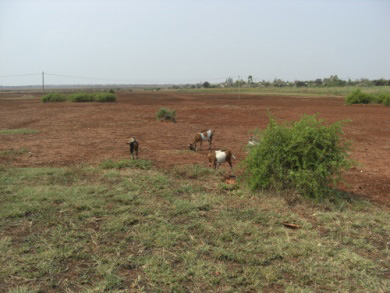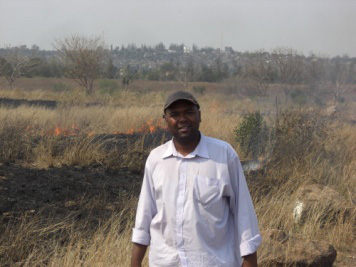Report
Overseas Field Training:Environmental impacts of livestock activity and mitigation options: a case study of Umbeluzi region, Maputo province, southern Mozambique
 |
 |
|||
Degraded pasture bared soil prone to erosion |
Grassland fires are very frequent in dry day |
Environmental impacts of livestock activity and mitigation options: a case study of Umbeluzi region,
Maputo province, southern Mozambique
Antonio Manuel dos Santos Junior
Destination and period: Republic of Mozambique, Sept, 7th, to Oct-1st, 2011
high productivity can be reached with good management practices. Natural grassland can store carbon (C), and approximately
34% of the global C stock of in terrestrial ecosystems is estimated to be in soil of natural Grassland. In attempt to increase land
productivity farmers use sometimes techniques that are harmful to the environment such as; overgrazing, grassland burning,
and absence of beneficial management techniques such as fallow, rotational grazing and rest contribute to the degradation of
grassland and consequent reduction of productivity. Those improper techniques has an impact on the environment: by exceeding
stocking rate, overgrazing can occur that leads to erosion and desertification, also exceeding stocking rate can cause soil compaction
due to cattle trampling. Grazing lower than stocking rate leads to shrubs invasion, and to control shrubs invasion and promote regrowth
of grasses, local farmers in Mozambique burns the grassland. These leads to progressive lost of soil fertility, soil acidification and soil
erosion. The study objective was to determine changes on soil and vegetation of grazing grassland due to different management
techniques used by farmers in Umbeluzi region, Maputo province, southern Mozambique.
Key words: Boane, grassland, fire, soil, vegetation, sampling